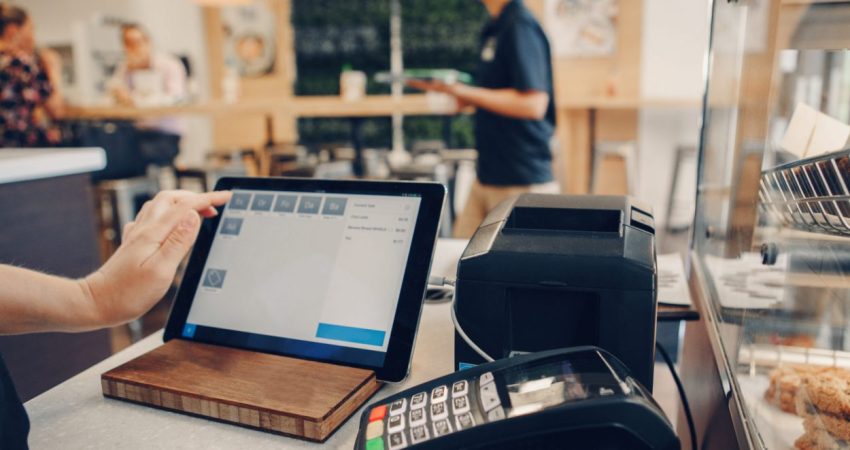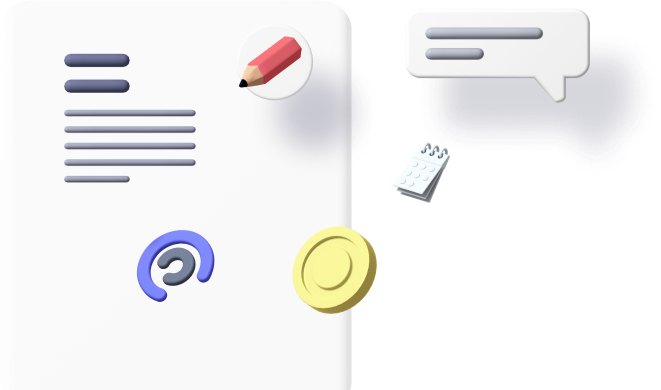
In the rapidly changing landscape of retail, organizations are increasingly turning to retail automation software to streamline operations, enhance efficiency, and improve customer experiences. As consumer expectations evolve, the need for innovative solutions that can adapt to market demands has never been more critical. This article explores how advanced automation software is transforming retail management and driving business success.
Understanding Retail Automation Software
Retail automation software encompasses a variety of tools and technologies designed to automate various processes within the retail environment. This includes inventory management, sales tracking, customer relationship management (CRM), and point-of-sale (POS) systems. By implementing these technologies, retailers can reduce manual tasks, improve accuracy, and enhance overall operational efficiency.
1. Streamlining Inventory Management
One of the most significant challenges in retail is managing inventory effectively. Retail automation software enables organizations to automate inventory tracking and replenishment, ensuring that products are always available when customers need them.
Benefits:
- Real-Time Inventory Monitoring: Retailers can track stock levels in real time, reducing the likelihood of stockouts or overstock situations.
- Automated Reordering: The software can automatically generate purchase orders when inventory falls below a certain threshold, minimizing manual intervention.
Example:
A fashion retailer using retail automation software can instantly identify which items are selling quickly and reorder them automatically, ensuring that the latest trends are always in stock.
2. Enhancing Customer Experience
In today’s competitive retail environment, providing an exceptional customer experience is paramount. Retail automation software can help enhance customer interactions by enabling personalized service and efficient communication.
Benefits:
- Personalized Marketing: By analyzing customer data, retailers can create targeted marketing campaigns that resonate with individual preferences.
- Improved Customer Support: Automated chatbots and support systems can handle customer inquiries 24/7, providing instant assistance and freeing up human agents for more complex issues.
Example:
An online retailer can implement automation software to send personalized email recommendations based on previous purchases, increasing engagement and boosting sales.
3. Optimizing Supply Chain Operations
Efficient supply chain management is vital for the success of any retail operation. Retail automation software can streamline supply chain processes by providing real-time insights into inventory levels, demand forecasts, and logistics.
Benefits:
- Enhanced Visibility: Retailers can gain a comprehensive view of their supply chain, enabling them to make informed decisions about procurement and inventory management.
- Demand Forecasting: The software can analyze historical sales data to predict future demand, helping retailers avoid excess inventory and reduce costs.
Example:
A grocery chain using retail automation software can adjust its purchasing strategy based on predictive analytics, ensuring that popular items are always in stock while minimizing waste.
4. Improving Financial Management
Accurate financial management is essential for retailers to maintain profitability. Retail automation software simplifies financial processes by automating invoicing, expense tracking, and reporting.
Benefits:
- Automated Reporting: Retailers can generate financial reports in real time, providing insights into cash flow and profitability without manual calculations.
- Error Reduction: Automation minimizes the risk of human error in financial transactions, leading to more accurate accounting.
Example:
A retail store can use automation software to track daily sales and expenses automatically, allowing managers to focus on strategic decision-making rather than manual bookkeeping.
5. Enhancing Employee Productivity
Retail automation software not only benefits customers but also enhances employee productivity. By automating routine tasks, employees can focus on higher-value activities that drive business growth.
Benefits:
- Time Savings: Automation allows employees to spend less time on repetitive tasks, enabling them to engage in more meaningful work.
- Improved Training and Development: Automation tools can facilitate employee training, ensuring that staff are well-equipped to provide excellent customer service.
Example:
A retail chain can implement an automated onboarding program for new employees, providing them with the necessary training materials and resources to succeed in their roles.
6. Supporting Omnichannel Strategies
As consumers increasingly shop across multiple channels, retailers must provide a seamless experience across online and offline platforms. Retail automation software supports omnichannel strategies by integrating various sales channels and maintaining consistent messaging.
Benefits:
- Unified Customer Profiles: Retailers can maintain a single customer profile that tracks interactions across all channels, ensuring personalized service regardless of where the customer shops.
- Consistent Promotions: Automation software can synchronize marketing messages and promotions across online and offline channels, providing a cohesive brand experience.
Example:
A retailer can use automation software to ensure that an online discount code is honored in-store, allowing customers to enjoy the same benefits regardless of their shopping channel.
7. Analyzing Customer Insights
Understanding customer behavior is crucial for improving retail management. Retail automation software provides powerful analytics tools that help retailers gain insights into purchasing patterns and preferences.
Benefits:
- Data-Driven Decisions: Retailers can analyze sales data and customer feedback to make informed decisions about product offerings and marketing strategies.
- Customer Segmentation: Automation software can categorize customers based on purchasing behavior, allowing for targeted marketing efforts.
Example:
By analyzing data from their retail automation software, a retailer can identify a growing trend in sustainable products and adjust their inventory to meet this demand, appealing to environmentally conscious consumers.
8. Future-Proofing Retail Operations
As technology continues to evolve, retailers must adapt to stay competitive. Investing in retail automation software positions organizations to take advantage of future advancements and remain agile in a rapidly changing marketplace.
Benefits:
- Scalability: Automation solutions can grow with the business, allowing retailers to expand operations without significant added complexity.
- Continuous Improvement: Regular updates and enhancements ensure that retailers can leverage the latest innovations in automation technology.
Example:
A retail organization that implements advanced automation software can easily adapt to changes in consumer behavior and market trends, ensuring long-term success.
Conclusion
Retail automation software is transforming the way retailers manage their operations, leading to enhanced efficiency, improved customer experiences, and increased profitability. By automating key processes such as inventory management, customer support, and financial management, retailers can focus on strategic initiatives that drive growth. As the retail landscape continues to evolve, embracing advanced automation technology will be essential for staying competitive and meeting the demands of today’s consumers.















